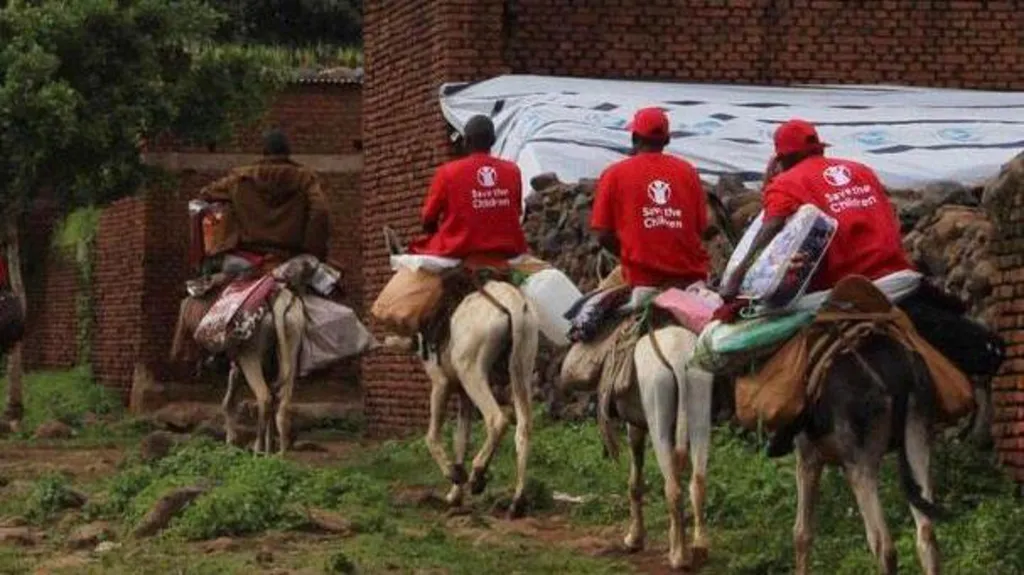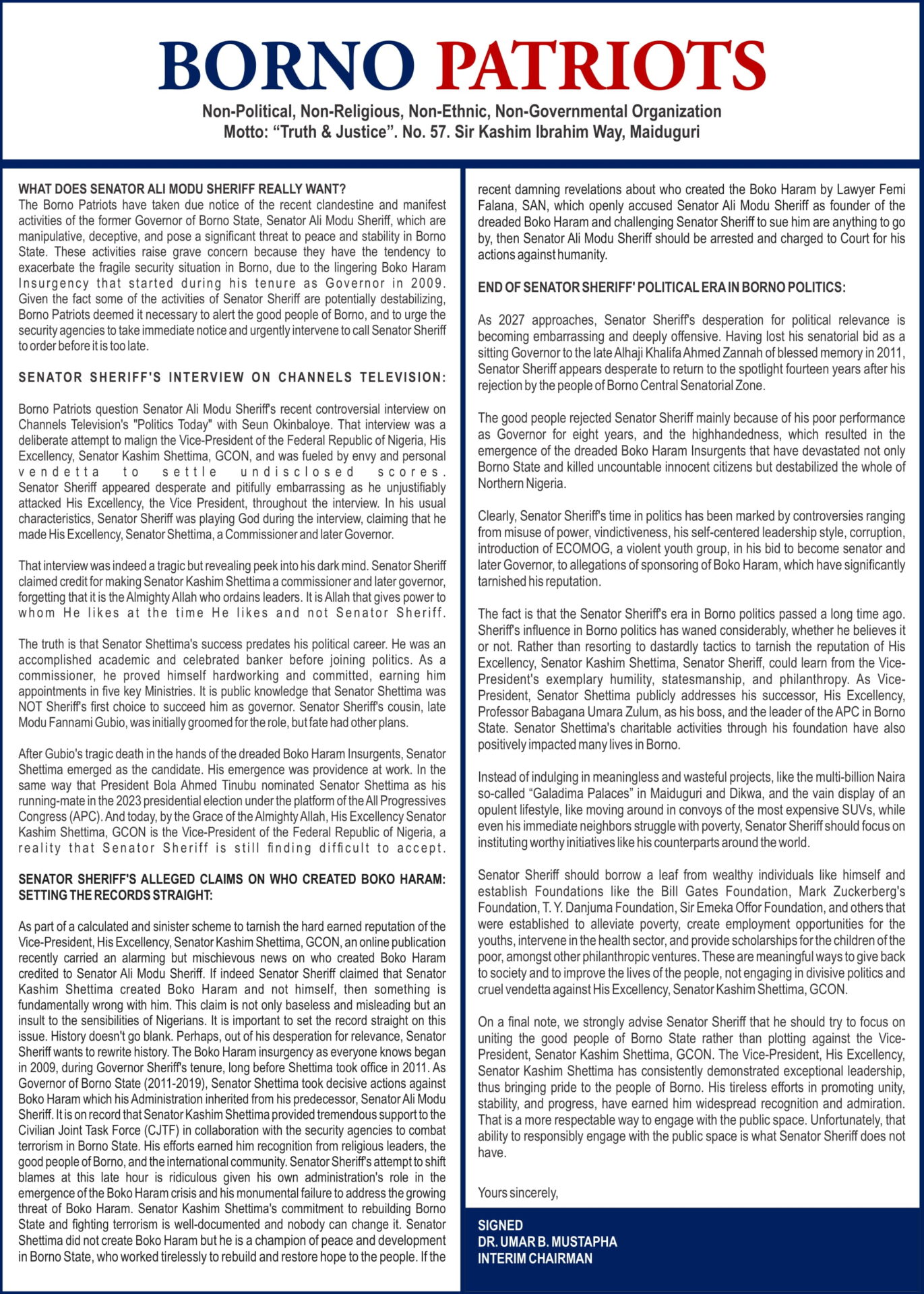AID workers on donkeys have delivered the first humanitarian supplies to survivors of a landslide that reportedly killed hundreds of people in a remote mountain village in Sudan’s western Darfur region.
Heavy rains and flash floods that hit Tarseen village triggering the disaster on Sunday have continued, meaning donkeys are the only way to reach the affected families.
“Families in [Tarseen] have lost everything. It took our team more than a full day on a rocky, muddy, and hilly route to reach this devastated community,” said Francesco Lanino, from aid agency Save the Children.
It remains unclear how many people died.
The armed group in charge of the area put the number at 1,000, however the national health ministry in the capital Khartoum says only two bodies have been recovered.
On Thursday, local civilian leaders said they had recovered and buried the bodies of hundreds of people.
“We recovered 370 bodies and buried them. Others are still trapped under the rocks and some were carried away by floodwaters,” said Ibrahim Suleiman, one of the local leaders in Daramo locality, in a video seen by the AFP news agency.
Mujib al-Rahman al-Zubair, another local leader, said in a video shared with the Associated Press on Thursday that rescuers had found 375 bodies, while more remain trapped underground.
BBC Verify has counted about 40 freshly dug areas of soil of a size consistent with a grave. It’s possible that more than one body has been buried under each of these mounds.
Using satellite imagery we can see the spot where these mounds are now located was not disturbed by the landslide, which further suggests this is a burial site dug in the days after it occurred.
The scale of this presumed burial site suggests the death toll may be lower than SLM/A’s 1,000 figure, although we can’t confirm whether there are additional gravesites in the area or whether there are more bodies yet to be recovered.
By comparing satellite images taken in March with those captured after the landslide this week, BBC Verify has identified about seven buildings, along with two additional structures without roofs, that were washed away at the convergence of two channels of the mud flow.
Two groups of buildings on either side of this settlement appear to have been unaffected.









